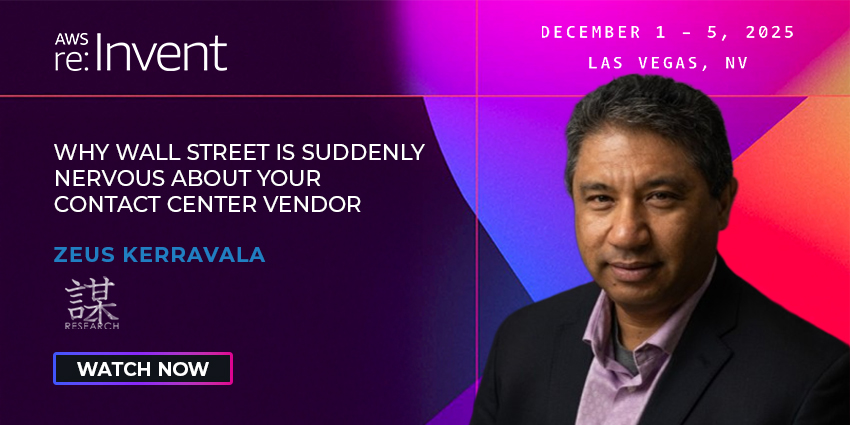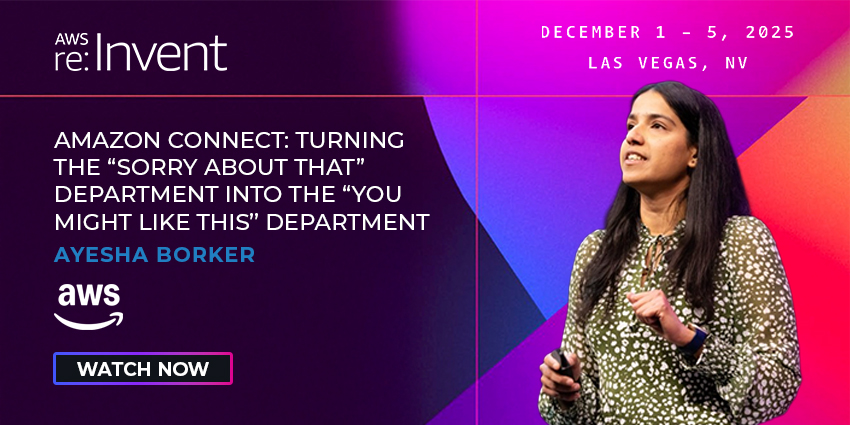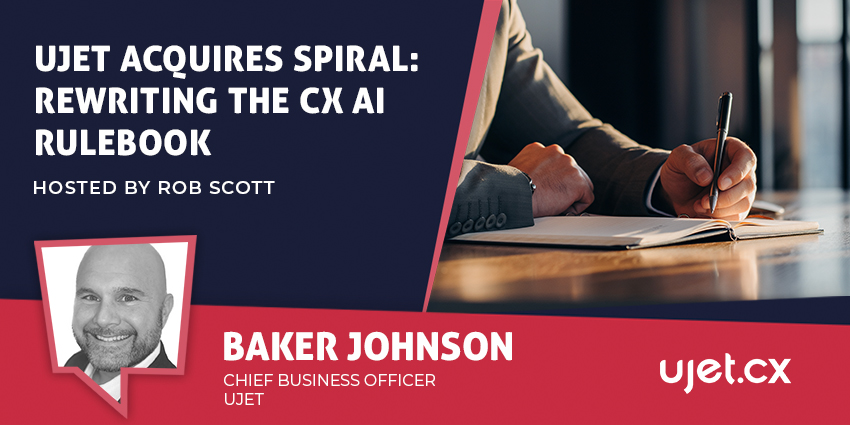The contact center industry is moving at a pace that Usain Bolt would be proud of.
Indeed, a recent study predicted that the CCaaS market is set to triple by 2030.
A big part of this is the growing popularity of AI, automation, and digital-first customer expectations, which have completely changed the face of the contact center space.
For many CX leaders, it creates a familiar headache: how do you pick a platform today that won’t look dated a year from now?
It’s not an idle concern. Investments in customer experience tech are rarely small. Projects can take months to deploy, cost millions, and carry long-term implications for workflows and staffing.
Nobody wants to discover six months in that their shiny new CCaaS system can’t adapt; or worse, that it locks them into processes they’ll soon outgrow.
As Martin Kalinov, CMO at Voiso, puts it:
“Onboarding a platform that feels modern today can sometimes feel outdated just a few quarters later.
“Our approach to future-proofing is threefold: build on adaptable architecture, deliver features that solve today’s problems without locking customers in, and maintain a product roadmap grounded in direct customer feedback and emerging needs.”
It’s a philosophy rooted in pragmatism. After all, the speed of AI development alone makes yesterday’s innovation today’s table stakes.
Omnichannel: Still More Talk Than Action
Take omnichannel. It’s been a buzzword for well over a decade, yet how many businesses can honestly say their channels are stitched together seamlessly?
“The industry loves to talk about omnichannel, but few vendors actually deliver on it,” says Kalinov.
The Voiso CMO believes the real challenge isn’t just enabling multiple channels; it’s connecting them in a way that feels cohesive to both agents and customers.
Many providers bolt on chat or social as afterthoughts to a voice-first system. That doesn’t cut it.
Voiso’s approach is to bake omnichannel into the core. That means every channel – voice, SMS, webchat, WhatsApp, Telegram, Viber, Messenger, Instagram DM – is unified inside a single interface.
Agents don’t have to juggle tabs mid-conversation, and supervisors don’t have to reconcile fragmented reporting.
That level of cohesion delivers consistency as well as efficiency.
For a global businesses, delivering the same service standards across continents and languages is only possible if every channel sits under one roof. Anything else is firefighting.
When AI Stops Being Just Hype
No CX discussion in 2025 would be complete without mentioning AI.
However, while the benefits of the tech are preached far and wide, companies remain wary.
They’ve heard the promises before. What they want now is proof that AI can deliver, not just pilot projects and slick demos.
For Voiso, one of the best examples of AI being used to solve real problems comes from the company’s Speech Analytics feature, which is designed to drive immediate, practical value, not just generate more data.
Supervisors, for instance, use it for live keyword tracking and sentiment detection, identifying moments when agents need coaching while the call is still live.
Moreover, the solution can also flag potential compliance breaches mid-conversation, allowing managers to step in before the issue escalates. That immediacy is why G2 recently named Voiso a leader in Speech Analytics for mid-market providers.
Then there’s the predictive dialer, which Kalinov points to as an example of AI that’s been battle-tested:
“It wasn’t just a smart-sounding feature; it delivered measurable gains from day one for companies like Realtree Properties, increasing call volumes by over 40% and cutting idle time in half.”
These are the kinds of outcomes businesses want to see: faster coaching, fewer compliance risks, and tangible productivity gains. Not just a slide deck promising ‘transformation’.
Innovation Without Empty Promises
The tension between innovation and hype is familiar for contact center buyers.
Vendors love to talk about their roadmaps, but the reality often lags. Kalinov is blunt about Voiso’s stance:
“At Voiso, our rule is simple: no false promises. If we launch a feature, it’s because it’s ready to deliver value in practice, not just in theory.”
This is an industry where credibility matters.
CIOs have long memories of tools that over-promised and under-delivered, leaving them to pick up the operational pieces.
The safer bet is often the vendor who delivers less marketing noise and more working features.
What’s Next for the Future-Ready Contact Center
So, where does all this leave CX leaders planning for the next three to five years?
For Kalinov, the focus is on more intelligent systems, not bigger ones.
“The future of business communication isn’t about piling on more tools; it’s about creating smarter, more connected systems,” he said.
“Customers want platforms that make their teams faster, not just busier; more agile, not more complex.”
Ease of integration is part of that equation. With open APIs and plug-and-play integrations, Voiso positions itself as a system that complements existing stacks rather than replacing them outright.
For businesses, the move takes them beyond convenience to risk reduction.
However, perhaps the most telling thing is how customers themselves describe the platform.
“What we’re hearing from customers is that Voiso doesn’t just fit their needs today, it evolves with them,” Kalinov explains.
“Whether they’re scaling internationally, pivoting to new channels, or automating parts of the customer journey, customers trust us to help them move faster without friction.”
In other words, the future-proof contact center isn’t about predicting what’s next; it’s about being adaptable enough to handle it when it arrives.
Discover more about Voiso’s AI approach by reading this article.
You can also explore the company’s full suite of AI services and solutions by visiting the website today.







